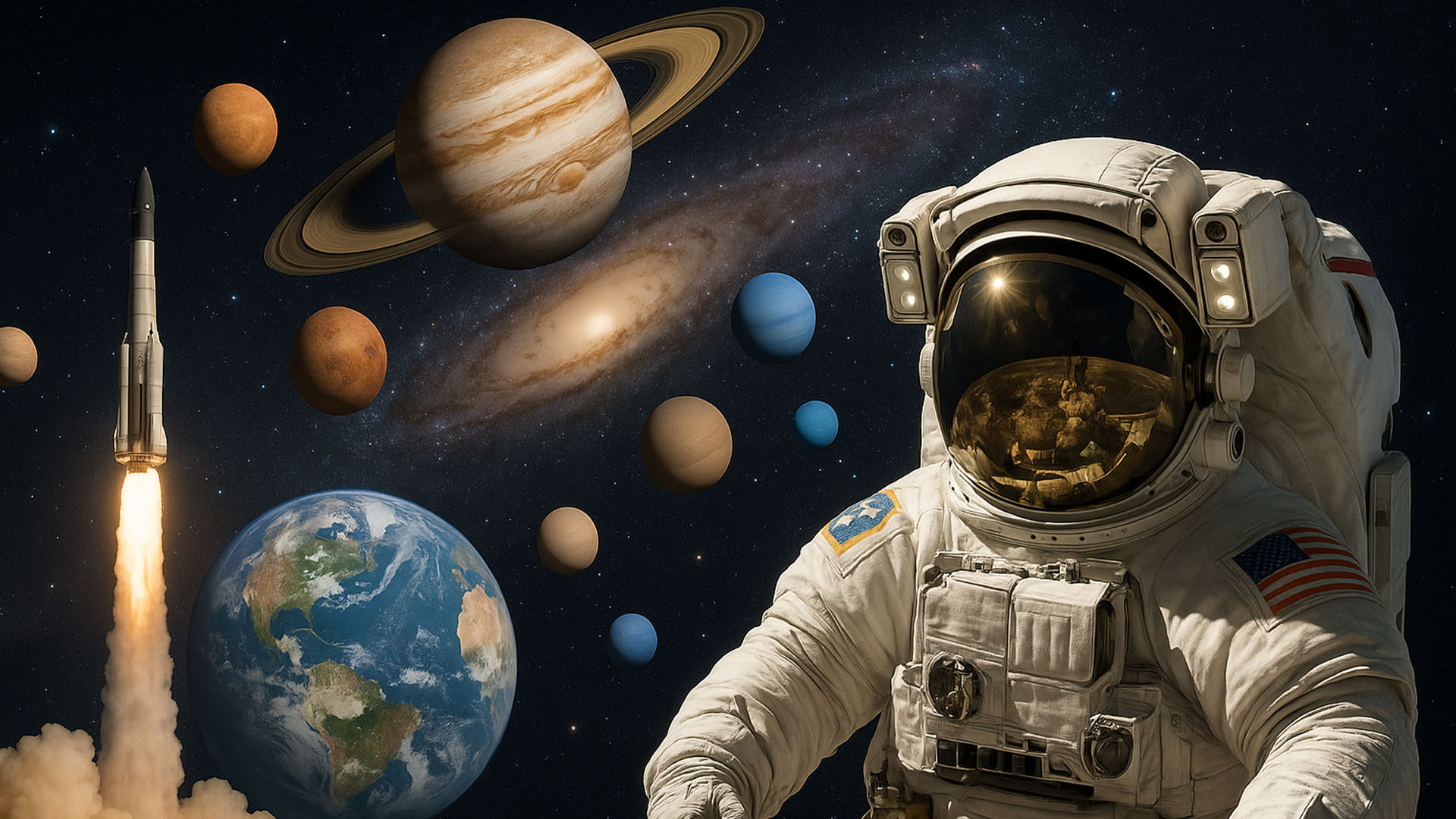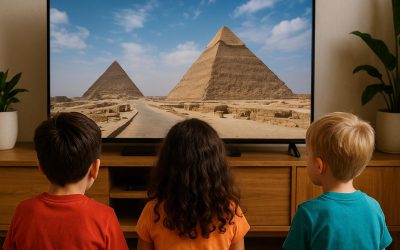The universe is a vast and mysterious place, filled with stars, planets, and galaxies. For kids, space exploration offers an exciting journey of discovery, sparking curiosity about what lies beyond our Earth. From rockets blasting off to astronauts floating in space, the wonders of the cosmos are endless. Let’s embark on an adventure to learn about our solar system and the incredible missions that help us understand it better.
What is Our Solar System?
Our solar system is made up of the Sun, eight planets, dwarf planets, moons, asteroids, and comets. The Sun is a star, and it’s at the center of our solar system. All the planets orbit around the Sun. The planets in order from the Sun are: Mercury, Venus, Earth, Mars, Jupiter, Saturn, Uranus, and Neptune. Each planet is unique, with its own size, temperature, and features. For example, Jupiter is the largest planet, and Saturn is famous for its beautiful rings.
What Do Astronauts Do?
Astronauts are brave explorers who travel into space. They live and work on spacecraft, like the International Space Station (ISS), where they conduct experiments, study the Earth, and learn more about living in space. Astronauts train for many years to prepare for their missions. They learn about science, engineering, and how to work in a weightless environment. Their work helps us understand how space affects the human body and how we can explore further into the universe. [1]
How Do We Explore Space?
We explore space using various tools and technologies. Rockets are powerful vehicles that launch spacecraft into orbit. Once in space, satellites orbit Earth, helping us with communication, weather forecasting, and navigation. Space probes are robotic spacecraft that travel to distant planets and celestial bodies, collecting data and sending it back to Earth. Telescopes, both on Earth and in space, allow us to observe distant stars and galaxies, revealing the beauty and complexity of the universe. [2]
Famous Space Missions
- Apollo 11: In 1969, Apollo 11 was the first mission to land humans on the Moon. Neil Armstrong was the first person to walk on the lunar surface. [3]
- Voyager Missions: The Voyager 1 and Voyager 2 probes were launched in 1977 and have traveled beyond our solar system, sending back incredible images and data about the outer planets and interstellar space. [4]
- Hubble Space Telescope: Launched in 1990, the Hubble Space Telescope has provided stunning images of galaxies, nebulae, and other cosmic phenomena, revolutionizing our understanding of the universe.
- Mars Rovers: Rovers like Curiosity and Perseverance have explored the surface of Mars, searching for signs of past life and collecting samples for future return to Earth.
Q&A About Space Exploration
Q1: How many planets are in our solar system?
A1: There are eight planets in our solar system: Mercury, Venus, Earth, Mars, Jupiter, Saturn, Uranus, and Neptune.
Q2: What is the International Space Station (ISS)?
A2: The ISS is a large spacecraft that orbits Earth and serves as a home for astronauts and a laboratory for scientific research.
Q3: Can we breathe in space?
A3: No, you cannot breathe in space because there is no air. Astronauts wear special spacesuits that provide them with oxygen.
Q4: What is a galaxy?
A4: A galaxy is a huge collection of stars, gas, and dust held together by gravity. Our solar system is part of the Milky Way galaxy.
Sources
[1] NASA: https://www.nasa.gov/astronauts/
[2] European Space Agency (ESA): https://www.esa.int/Space_in_Member_States/United_Kingdom/How_do_we_explore_space
[3] NASA History: https://www.nasa.gov/history/apollo-11-mission/
[4] NASA Voyager: https://voyager.jpl.nasa.gov/








0 Comments